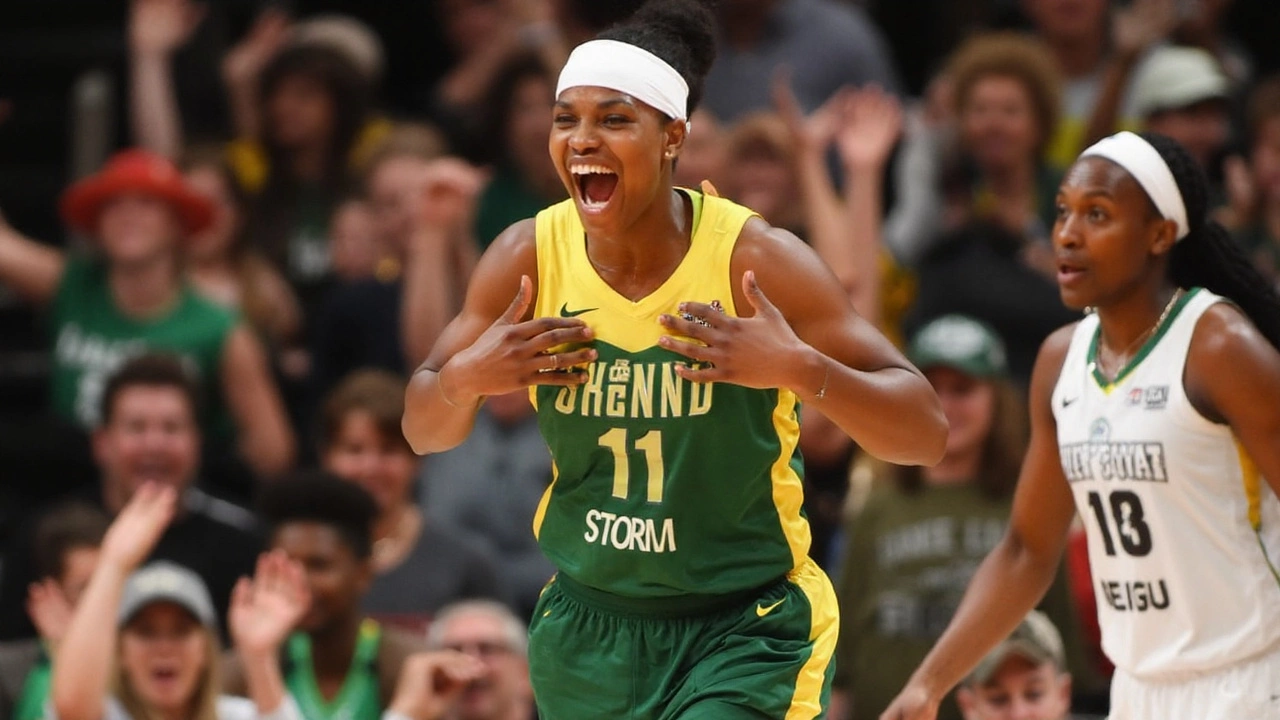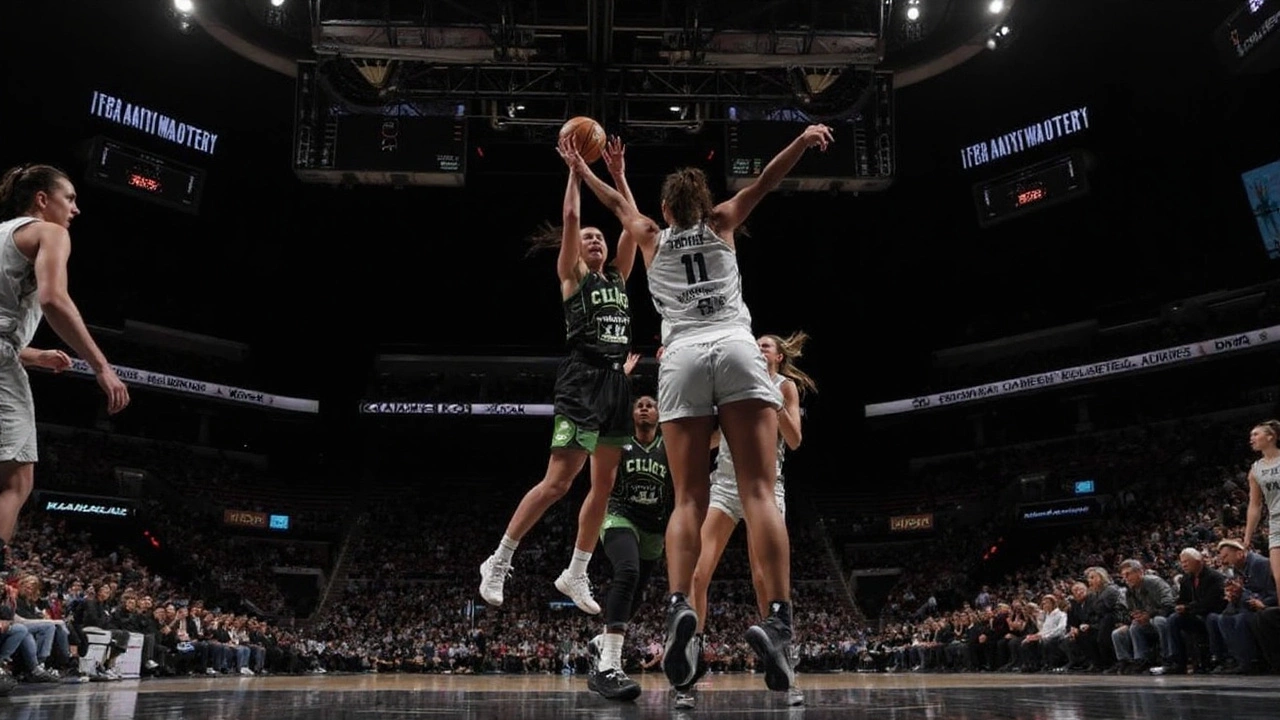How to watch every playoff game on Sling
The league just posted eye-popping TV gains—regular season viewership jumped 170% year over year in 2024, and the Finals rose 115%. Now the spotlight shifts to the WNBA Playoffs, and Sling TV has a simple path to stream the whole run without a cable box.
The short version: get Sling Orange and add Sports Extra. Orange unlocks ESPN’s core channels, the backbone of WNBA postseason coverage, while Sports Extra adds NBA TV and the rest of ESPN’s college-focused networks that often carry shoulder programming and studio shows.
If you only need a single night, Sling’s Orange Day Pass at $4.99 is the budget move. It’s a clean way to catch one matchup without committing to a full month—handy for a decisive Game 3 or a can’t-miss semifinal.
Here’s the setup that works for most fans:
- Pick Sling Orange for the ESPN family of networks that carry playoff games.
- Add Sports Extra to get NBA TV and additional ESPN-branded sports channels.
- Use the Day Pass ($4.99) when you only need a specific game night.
- Set cloud DVR recordings for every game in the series so you don’t miss anything.
What channels are you actually getting? ESPN and ESPN2 handle the bulk of the postseason schedule. NBA TV comes into play for replays, shoulder programming, and the occasional simulcast. With Orange + Sports Extra, you’ll see the games laid out across those channels in the Sling guide, so it’s easy to track the bracket round by round.
A quick heads-up on League Pass: Sling doesn’t sell WNBA League Pass. If you want League Pass for out-of-market regular-season content or team feeds, you’ll need to buy it direct from the league. Playoff games on national TV air on ESPN networks, so you won’t need League Pass for those anyway.
Devices aren’t a problem. Sling runs on Roku, Amazon Fire TV, Apple TV, Android TV/Google TV, iOS, Android phones and tablets, Xbox, and web browsers. If you’re bouncing between living room and phone, start on the big screen and finish on mobile without missing a possession.
Cloud DVR is included, and you can upgrade for more space. Record every game in a series and let the app stack them for easy catch-up. Late tip times? Start the recording, pause during halftime, and skip commercials to catch up.
One thing to plan for: streams. Sling Orange allows one active stream at a time for Orange channels, including ESPN. If someone at home wants a different Orange channel at the same time, that won’t fly on a second device. Orange + Blue bumps up total simultaneous streams, but ESPN content still follows the Orange rule. Translation: for playoff nights, keep the living-room TV as the primary screen.
Traveling? Sling works in the U.S. Check your location settings, and schedule DVR recordings before you hit the road. Channel availability can shift by region, but your recordings will keep you covered when you can’t watch live.
If you’re pricing out alternatives, other live TV services carry ESPN too. But Sling’s a lighter, cheaper way to target the exact channels you need for the WNBA postseason, especially with the Day Pass option for casual nights.

What’s at stake on the court
History showed up before the first jump ball: the Golden State Valkyries became the first WNBA expansion team to reach the playoffs in their inaugural season. They grabbed the 8 seed and drew the Minnesota Lynx, last year’s runner-up. The season series? Minnesota swept 3–0. That’s the uphill climb the Valkyries face right away.
It’s a true test of grit against experience. Veronica Burton has been the steady hand for Golden State, but the Lynx roll out a veteran core led by MVP candidate Napheesa Collier. Minnesota’s length and defensive discipline force mistakes, and they punish empty trips. The Valkyries will need clean first quarters, minimized turnovers, and a hot perimeter night to flip the script.
The talent wave powering the league’s ratings hasn’t slowed. Caitlin Clark and Angel Reese keep drawing huge audiences. New faces—Paige Bueckers with the Dallas Wings, plus Sonia Citron and KiKi Iriafen—have pumped fresh storylines into the league, even if not all of them landed in the bracket this year. The rookies moved merchandise, filled buildings, and pulled new viewers onto the bandwagon all season.
Format matters for how the drama unfolds. The opening round is a best-of-three—blink and you’re out—while the later rounds stretch to best-of-five, where adjustments and depth really count. Expect stacked doubleheaders across ESPN and ESPN2 on weeknights, with marquee windows on weekends. Sling’s guide will surface the matchups as they’re slotted, so you can queue recordings for the entire round in one sweep.
Scheduling is fast and unforgiving. Game 1s come quick, Game 2s flip home courts, and those deciding Game 3s can spring up with just a day off. If your team advances, the turnaround into the semis is tight. That’s where DVR and mobile streaming save you—watch the early game at work, finish the nightcap at home.
If you care about the production as much as the hoops, ESPN’s coverage has been leaning into star-driven stories and in-game access—wired moments, locker room glimpses, and quick-hit analysis that breaks down matchups in real time. With the league’s audience surging, expect prime camera placements and higher-energy studio segments that match the stakes.
And yes, the numbers matter beyond bragging rights. A 170% regular season spike and a 115% Finals jump the prior year don’t happen by accident. The mix of viral moments, packed arenas, and legit rivalries has given the W juice heading into the postseason. That momentum usually carries. If the games are close—and they should be—September basketball could set another viewership bar, and Sling is the easiest on-ramp for anyone curious to finally tune in.
So line up the channel package you need, add the Day Pass when it fits your week, schedule the DVR for your team’s entire series, and let the bracket do the rest. If this season taught us anything, it’s that women’s basketball isn’t just having a moment—it’s building a habit.

